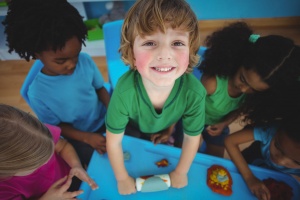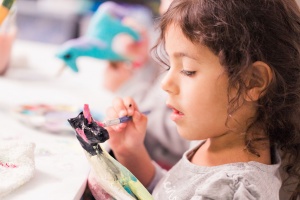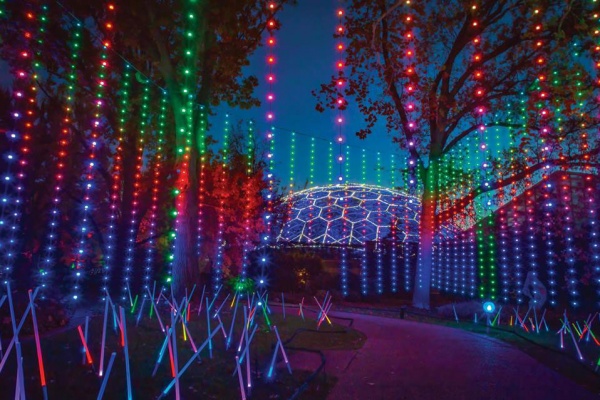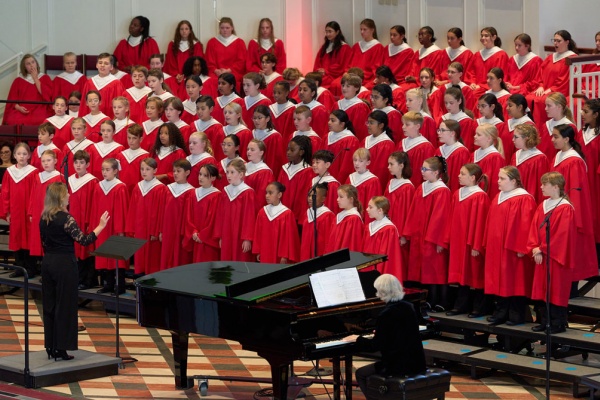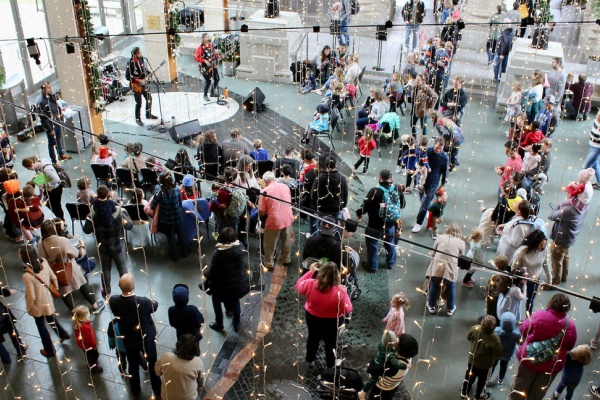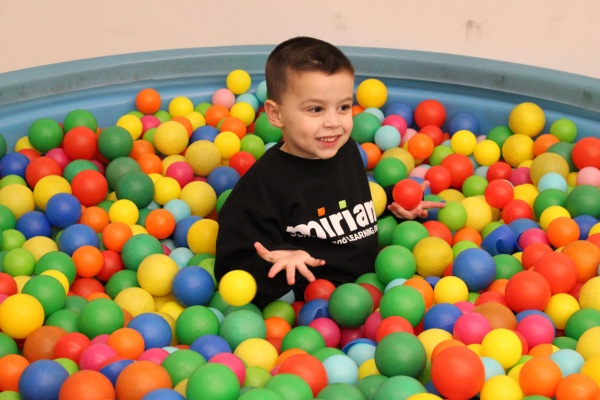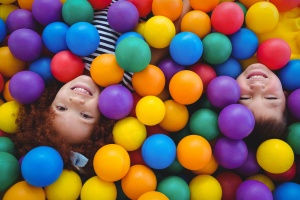
Coeducation Versus Single Sex Education
I am in the midst of a fascinating book right now called, Cinderella Ate My Daughter by Peggy Orenstein. Alongside debates about Toddlers in Tiaras and how the "pretty in pink" culture is impacting our daughters, the books opens up some pretty interesting discussions about education an d gender.
d gender.
During her research, Orenstein talks to Carol Martin, a professor of child development at Arizona State University, and an expert in gender development. While standing on the observer side of a two-way mirror, Orenstein and Martin observe preschool children at work and play as part of the Sanford Harmony Program, a research program with the goal of of improving how boys and girls interact in the classroom.
The team at Arizona State discovered that gender bias in toy selection is innate, and crosses every culture. In other words, boys will inherently be drawn to the train set, and girls will instinctively head towards the baby dolls. The gender differences in interactions and play selections is also something they observed across multiple cultures.
So, while girls will be girls, and boys will be boys, does it make sense to begin a movement towards single sex classrooms?
As you can probably guess, the Sanford Harmony Program thinks not. As they explained to Orenstein, they believe that segregating based on gender will limit children and only serve to prop-up the "cooties" and "girls rule, boys drool" mentalities, with mixed results when children reach puberty and adulthood.
Another group, however, the National Association for Single Sex Public Education, thinks otherwise. They believe that with the right preparation and tools in place, children will flourish in an appropriately planned, single-sex classroom.
Evidence points that that they may be on to something. In a three-year study of single-sex classrooms, Stetson University in Florida found that scores on the FCAT (the Florida equivalent of Missouri's MAP test) boys effectively doubled the rate of proficiency and girls went from 7% to 86% proficient, controlling for class size and demographics. Those are some pretty powerful numbers.
In St. Louis, though many private schools are gender specific, there aren't many gender segregated classrooms available to students in the public school system. Parents can find single-sex classrooms at Carman Trails Elementary in Ballwin (a program so successful that it was featured on NBC's The TODAY Show), Ross Elementary, also in the Parkway School District, and at the Imagine Academy, a charter school in St. Louis. There are also schools in Columbia and Kansas City offering single-sex public education.
When it comes to single sex education, it can be a very challenging decision for parents as the evidence seems to point both ways. As Orenstein pointed out in her book, sometimes the differences between children of the same gender are more common than those across genders.
So how much can achievement attributed to the school system and classroom setup, and how much is it based on the individual child? I'd love to know what you think!



